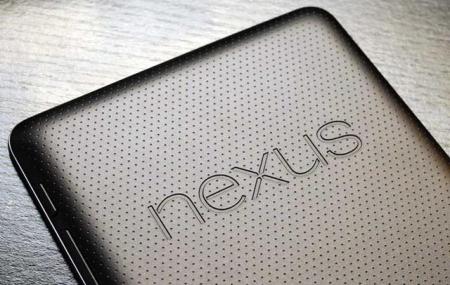Hello again. It’s been a (really long) while since I last wrote in my blog. First I would like to apologize to those who were following my blog especially to those who were expecting to see new stuff. I’ve been in a very busy year but now that I’m on vacation I should be able to write stuff again and hopefully stuff that would be useful to others like this one. So what is today’s article about?

Last week I bought myself a 32GB Asus Nexus 7 in Riyadh, Saudi Arabia a few days before my scheduled vacation back to the Philippines. It was awesome. I loved it and I didn’t have any issues with it. That was, until today happened.
I was drinking with my brother and some pals here at home last night. My Nexus 7 was beside me and its battery level was already on the low side. I knew that it won’t be good to completely deplete the tablet’s battery but I was rather lazy to plug it in. When the drinking ended I totally forgot to plug it in because I was so sleepy already. I guess gadgets and alcohol just don’t mix.
Anyway, I was able to plug it in when I woke up in the morning and that’s when I noticed a weird problem. When the charger is plugged in the screen would switch on and static would pop up randomly like what you would see on those old CRT televisions. Sometimes the static images are of random colors too. Nothing else happens and that was what got me concerned. What the hell was wrong with my new tablet?!
I tried searching for tips and similar problems around the interwebs and all I saw was either to do a hardware reset by pressing the power and volume down buttons together for around 10 to 45 seconds or to send it for repairs. I tried the first and it didn’t work. I can’t do the second because it will still take around 2 months until I return to work in Saudi Arabia. What else could I do before then? If only I could remove the battery…
Oh yes! Why not? The Nexus 7 has a non-user replaceable battery but that doesn’t mean it can’t be replaced if needed be so I started searching about how to pop the cover off. After a simple search I found that the cover wasn’t really very difficult to remove and I was able to take it off using only my fingernails by prying it at the border between the plastic back cover and the metal edge. The easiest part to pry open seems to be at the top corners. Just slide your nail along and it should pop open easily.

The battery is the big white thing with black borders. It is connected to the board via that 6-pin cable with red, yellow and black cables. I immediately saw the cause of the problem after prying the cover open – the connector was loose and it was almost removed. I knew it had to be the problem so I pushed it in and tried to turn it on. Tada! It worked!
One thing I noticed about the battery of the Nexus 7 is that it is simply glued inside it while its size is quite small to where it is located meaning the potential of the connector getting loose is very high. Just look at the open space around the battery and you’ll know what I mean.
Taking the back cover off could potentially void warranty but being able to do it myself have saved me the waste of time normally associated with relying on technical support. So if you’re having that static screen with no charging issue, the battery or a loose connector could be the problem. If you’re one of the “victims” of this issue then I hope this post has helped you.











